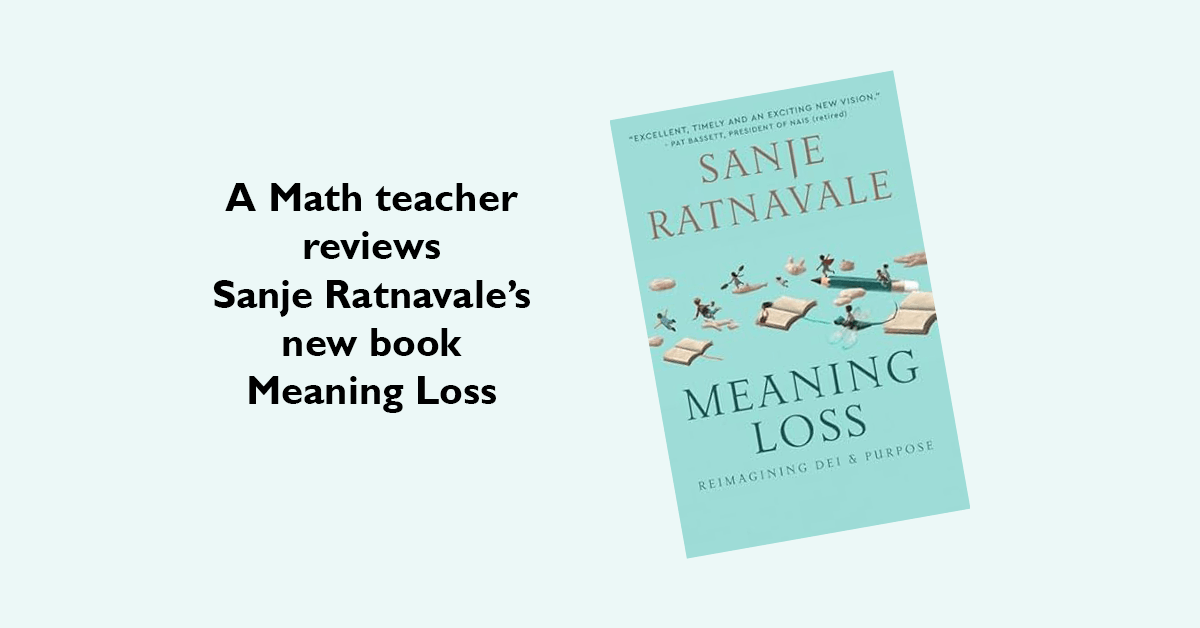September 30, 2024
A benefit of working in an independent school is the ability to influence the academic curriculum and the co-curriculum. Yet often changes are made without an appreciation of how a new course or program might impact the status quo. With a sweeping review of the competing educational theories of the past two centuries, Sanje Ratnavale sets the stage for the placement of DEI initiatives in US independent schools. Readers will often find that their experiences in independent schools are not unique, but rather follow waves and trends that have grown and diminished, only to reappear again. As John Maynard Keynes states in a related context, “Practical men, who believe themselves to be quite exempt from any intellectual influence, are usually the slaves of some defunct economist.”
Ratnavale’s book serves as a warning that any large initiative in K-12 education, whether DEI-related or otherwise, cannot be bolted onto a curriculum. Rather it has to be interwoven, which might necessitate a deep review of the entire curriculum. Hence, this time-consuming path might not be taken. Yet, all is not lost. Schools can learn from industry, such as schools that follow Google’s Sprint model of rapid development, now applied to curricular change. No matter the length of the process, the payoff could well be greater alignment of a school’s mission, curriculum and constituents’ values.
Meaning Loss is a quick read, but it is packed with history, data and context that are not easily found in educational literature, especially when narrowed to the independent school world. As a mathematics teacher and coordinator, I found the use of normed studies, accompanied by relevant charts, to be critical ballasts to his arguments. Readers are not getting just one person’s insight or theory of the day. Rather than making the reader follow a footnote to find the data, he incorporates charts in the body of the text, something that mathematicians often do and ask for in their assigned work. I would suggest buying the electronic version of the book, however, as the charts are somewhat small in paperback form.
Those skeptical of the latest tome on curriculum and pedagogy will find reading this book a refreshing, stimulating and eye-opening exercise.
Meaning Loss: Reimagining DEI & Purpose is available on Amazon.

